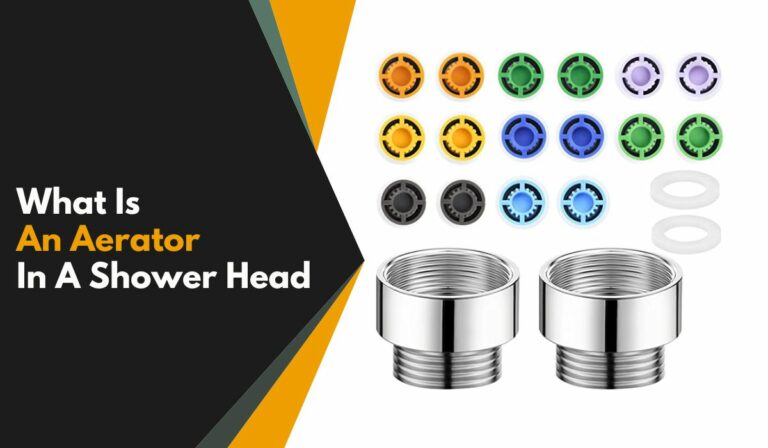How To Clean Kitchen Exhaust Fan Grease
Dealing with grease buildup on your kitchen exhaust fan isn’t just about keeping your cooking space looking clean, it’s essential for safety and efficiency. Over time, grease can accumulate, leading to reduced airflow, unpleasant odors, and even fire hazards if left unchecked. If you’ve been wondering how to effectively clean that stubborn grease from your kitchen exhaust fan, you’ve come to the right place. This guide will walk you through everything you need to know, from understanding grease buildup to step-by-step cleaning techniques and maintenance tips to keep your fan in optimal condition.
Understanding Kitchen Exhaust Fan Grease Buildup
Kitchen exhaust fans capture steam, smoke, and airborne grease while you cook. Over time, the grease particles don’t just disappear, they settle on the fan blades, housing, and filters, creating layers of sticky grime. This buildup not only hampers your fan’s efficiency but also poses serious fire risks since grease is highly flammable.
Factors influencing how quickly grease accumulates include how often you cook, the types of food you prepare (fried foods and those releasing lots of oil create more grease), and how well your ventilation system works. Recognizing this buildup early can save you from costly repairs or replacements down the line.
Essential Safety Precautions Before Cleaning
Before you jump into cleaning, safety should be your top priority. Start by turning off power to the exhaust fan to avoid any accidents while you’re handling electrical components. If your fan is hardwired, switch off the circuit breaker.
Wear gloves and eye protection to shield your skin and eyes from harsh degreasers and flying debris. Because you might be using chemicals that produce strong fumes, ensure you have good ventilation or work in a well-aired room. Never mix cleaning chemicals like bleach and ammonia, as this creates dangerous fumes.
Finally, place a drop cloth or newspapers to catch dripping grease and cleaner, protecting your countertops and floor.
Gathering The Right Cleaning Tools And Materials
Having the right tools at hand makes the cleaning process smoother and more effective. Here’s what you’ll need:
- Degreasing cleaner or a homemade solution (like baking soda and vinegar)
- Warm water
- Non-abrasive scrubbing brush or sponge
- Microfiber cloths
- Screwdriver (if your fan components need removal)
- Bucket or basin for soaking parts
- Rubber gloves and safety goggles
- Dish soap
Using a commercial degreaser specifically formulated for kitchen grease can save time, but a natural solution can be just as powerful while being gentler on your surfaces.
Step-By-Step Guide To Cleaning Kitchen Exhaust Fan Grease
Preparing The Exhaust Fan For Cleaning
Begin by unplugging the fan or switching off the breaker. Lay down your protective covering under the work area. Remove any loose dust or debris with a dry cloth to prevent smearing grease during cleaning.
Removing The Exhaust Fan Components Safely
Most exhaust fans have removable parts like filters and covers. Using your screwdriver, carefully detach these components. Keep screws and small parts in a container to avoid losing them.
Cleaning The Fan Blades And Housing
Mix warm water with dish soap or your degreaser. Dip your non-abrasive brush or sponge into the solution and scrub the fan blades and interior housing thoroughly, focusing on greasy spots. Avoid using too much water inside the motor housing to prevent damage.
Cleaning Or Replacing The Exhaust Fan Filter
Grease filters trap most of the grime, so cleaning them is crucial. Metal filters can be soaked in hot water with degreaser or baking soda for 30-60 minutes, then scrubbed lightly and rinsed. If your filter is damaged or excessively clogged, replacing it is the best option.
Deep Cleaning Techniques For Stubborn Grease
For tough, baked-on grease, apply a paste of baking soda and water, let it sit 15 minutes, then scrub gently. Alternatively, use a commercial heavy-duty degreaser following manufacturer instructions. Steam cleaning is another effective method if you have the equipment.
Drying And Reassembling The Exhaust Fan
Wipe all cleaned parts with a dry microfiber cloth and allow them to air dry completely before reassembling. Once dry, carefully put everything back together, ensuring screws and components are secured. Restore power and run the fan briefly to check proper function.
Maintaining A Clean Kitchen Exhaust Fan To Prevent Grease Buildup
Regular upkeep is the key to avoiding heavy grease buildup. Make it a habit to clean or replace your exhaust fan filter at least every 3 months, or more often if you cook extensively.
Wipe down accessible fan parts and the surrounding hood weekly with a mild degreasing wipe or soapy cloth. Avoid waiting until the grease has hardened. Another tip is to cook with lids on your pots and pans which reduces airborne grease.
Consider having a professional inspection and deep cleaning annually to ensure your system remains safe and efficient.
Signs It’s Time To Clean Your Kitchen Exhaust Fan
You don’t want to wait for a full grease clog before acting. Watch for these signs:
- Reduced airflow or fan power
- Lingering cooking odors
- Visible grease buildup on fan blades or hood
- Excess noise or vibration from the fan
If any of these appear, it’s time to clean your kitchen exhaust fan before problems escalate into expensive repairs or fire hazards.
Conclusion
Cleaning the grease from your kitchen exhaust fan might seem like a chore, but it’s essential to your kitchen’s safety and performance. By understanding how grease builds up, following proper safety steps, gathering the right tools, and using a careful cleaning routine, you can restore your fan to working order. With regular maintenance and timely attention, you’ll keep your kitchen environment fresh, your air clear, and your home safe from grease-related risks. Remember: a clean exhaust fan isn’t just about looks, it’s about protecting your kitchen and peace of mind.

